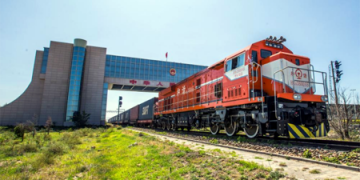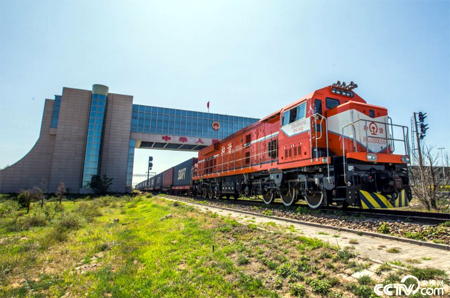Xinhua
China’s largest railway port on the border with Mongolia has seen a significant rise in international freight train services over the past decade, boosting connectivity between China, Mongolia and Central European countries.
By this month, Ereenhot Port in North China’s Inner Mongolia autonomous region, the largest land port on the China-Mongolia border, had facilitated more than 9,000 China-Europe freight trains since the first such train passed through in 2013.
Over the past 10 years, the port has witnessed a rapid increase in China-Europe freight trains. In 2013, only two such train services were facilitated, while last year, the port saw 2,739 trains pass through. There are 57 routes connecting more than 50 cities in 22 regions in China and 44 stops in nine countries.
The trains have played an important role in smooth logistics and the stable supply of anti-epidemic materials for China and countries along the routes.
With the expansion of the China-Europe freight train network, agricultural and industrial products from all over China can be transported on outbound trains to be sold abroad. The inbound trains carry overseas goods, such as German beer and French wine, to China, benefiting Chinese consumers. In addition to commodities and food, exports of high-value-added products, such as automobiles, motorcycles and solar photovoltaic modules, have also increased.
To increase efficiency, the railway port has improved its services by building a “smart border inspection platform”, offering customs clearance 24 hours a day and carrying out contact-free inspection in accordance with epidemic control protocols.





